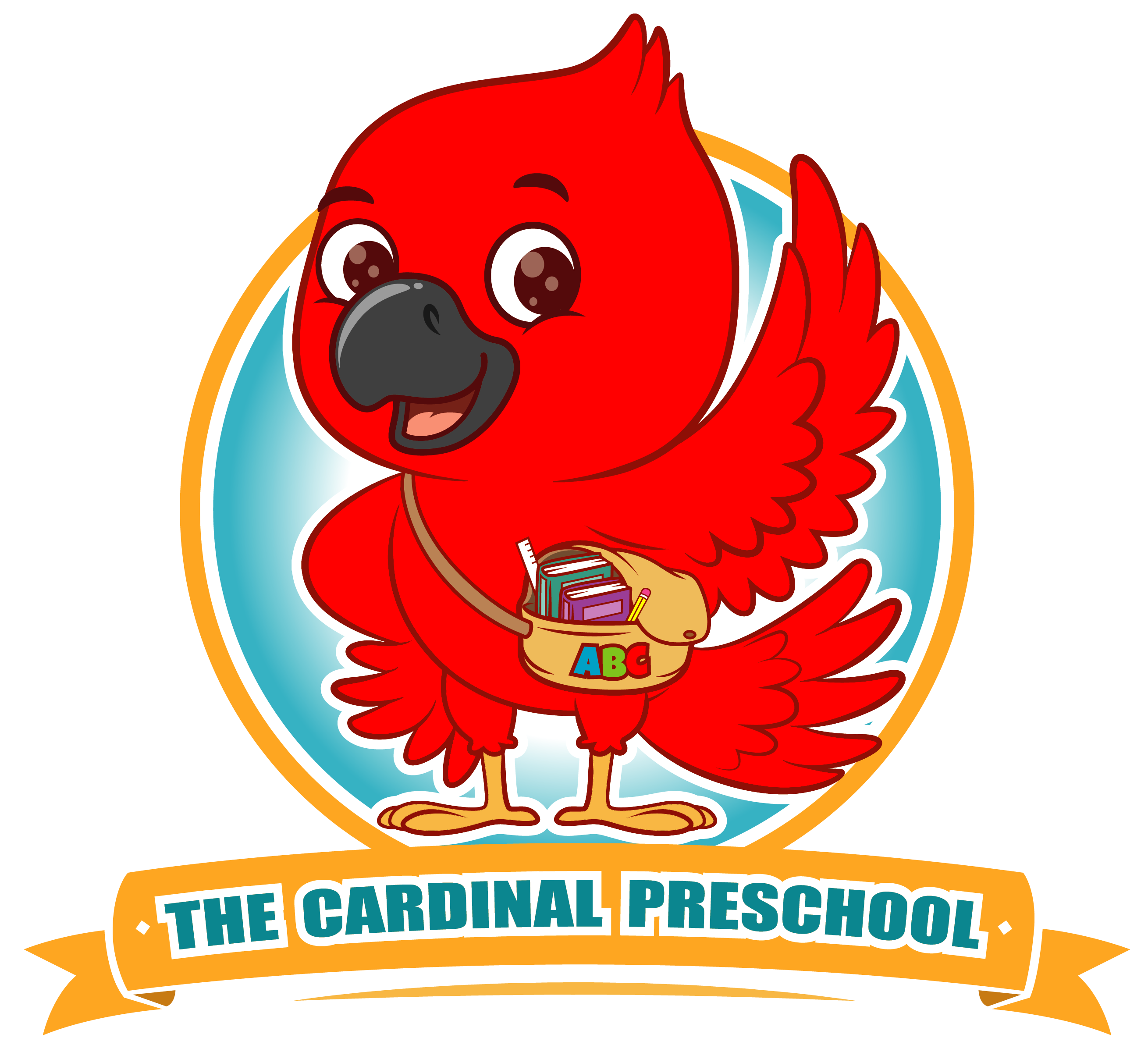A Thin Line

Is My Child Active or Hyperactive?
As parents, we are often amazed by how much energy our kids have and how much they want to play. But there comes a time when some parents might start to wonder: Is this the lively spirit of childhood, or is it something else? It can be hard to tell the difference between an active and hyperactive child when you’re a parent, but knowing the difference is essential for their growth and well-being.
This blog explains the differences between having a lot of energy and being hyperactive to help you determine which fits your child’s behavior better.
Join us as we discuss essential behavioral indications to get to know your child better.
Figuring out the difference between an active child and a hyperactive child requires knowing what normal child behavior is and recognizing when behavior goes beyond those norms to where it gets in the way of daily life.

An Active child will have the following behaviors:
1. Energy Levels:
An active child has high energy levels, especially in environments that stimulate physical activity, such as playgrounds or during sports. A stimulus is present to boost them and make them super energetic. However, they can calm down and focus when required while a teacher is teaching a lesson in the classroom or during an activity.
2. Focus and Attention:
Active children can concentrate on tasks and follow instructions. While they may occasionally become distracted or daydream, they can usually refocus with gentle reminders.
3. Control:
Active children exhibit self-control. They may get excited or energetic, but they can regulate their behavior when asked or when the situation calls for calmness.
4. Consistency Across Settings:
While active, these children can adjust their behavior according to the context, showing appropriate activity levels in different settings (e.g., they can be quiet in a library and lively on a playground).
5. Social Interactions:
Active children can form and maintain friendships. Their energy is often seen as a positive attribute in social situations, and they understand social cues and boundaries.

A hyperactive child will have the following behaviors:
1. Energy Levels:
A hyperactive child exhibits an almost constant high activity level, seemingly inexhaustible and inappropriate for the situation. This includes fidgeting, squirming, and an inability to stay seated when expected.
2. Focus and Attention:
Hyperactive children struggle significantly with focus and attention. They may start tasks but need help completing them due to moving on to other things quickly, not due to a lack of understanding but rather an inability to stay focused. We do not see them completing the task.
3. Control:
Hyperactive children often show a marked lack of self-control compared to their peers. They may have difficulty modulating their behavior even when instructed directly, leading to impulsive actions without regard for consequences.
4. Consistency Across Settings:
Hyperactivity is observed across multiple environments and is not limited to specific settings or times. The child exhibits similar behaviors at home, school, and social settings, which are disruptive and inappropriate for their age.
5. Social Interactions:
Hyperactive behavior can impact social interactions. The child may interrupt others, have trouble waiting their turn, or invade personal space, leading to social difficulties and peer misunderstandings.
As we conclude our exploration into the lively worlds of active and hyperactive children, we must remember that every child is unique, with their strengths and challenges.
Distinguishing between a child who is merely full of energy and one who may need additional support is not always straightforward. Still, it is a critical step in providing the proper care and environment for their growth and development.
We encourage parents and guardians to observe their children’s behavior patterns, seek professional advice when necessary, and, most importantly, provide a loving and supportive environment that nurtures your child’s well-being.
In conclusion, whether your child is active or hyperactive, they are on their journey.
Embracing their energy with patience, understanding, and the proper guidance can turn everyday challenges into opportunities for learning and growth. Remember, the goal is not to dim their spark but to channel it into flames of creativity, curiosity, and joy.
Thank you for joining us on this insightful journey. We hope you have acquired the knowledge and confidence to support your vibrant child in their everyday exploration and learning.



